During the second half of the 18th century, England was transformed. Villages became cities, railways crisscrossed the countryside, and the horizon became dotted with smoking chimneys. Great Britain became the “workshop of the world”. At the time, England controlled a vast colonial empire and was the richest nation on earth. No longer limited to the upper classes, wealth spread out to small businessmen and artisans. The introduction of new plants from the colonies, including potatoes and sugarcane, improved nutritional standards. During the 18th Century, the English population grew 40%. The need for food and clothing increased accordingly. To meet demand, craftsmen increased production, taking advantage of newly-introduced machinery.
In 1733, the first handlooms were introduced, cutting down time and improving weaving on a larger scale. In 1764 the Spinning Jenny, a multi-spool wheel, followed. With it, a single employee could work many spools at once. Then, in 1785, Edmund Cartwright introduced the power loom. New production technology also took hold in the coal and iron industries. Abraham Darby mined coke from carbon fossils, which proved far more effective than charcoal. Coke fueled blast furnaces that made it possible to forge iron. At the same time, James Watt developed key mechanical improvements to the steam engine. In 1814, George Stephenson applied Watt’s steam engine to transportation, developing the first locomotive. The locomotive in turn helped increase commerce and created new markets for industrial merchandise. The government encouraged commerce, and Parliament was ruled by the middle-class Whig party. Laws governing free, unfettered exchange were revoked in favor of establishing publicly traded companies. Bread prices were also deregulated.
In 80 years, the British people’s way of life was transformed. The introduction of heavy machinery ended most work at home: Workers had to travel to plants or factories to ply trades. Cities swelled while the countryside emptied out. By the middle of the 19th Century, industry was Britain’s prime economic resource. For the first time in human history, agriculture was no longer the centerpiece of national wealth. Within a few decades, European nations such as France and Germany adopted the British model.
The modern age had begun.
In 1733, the first handlooms were introduced, cutting down time and improving weaving on a larger scale. In 1764 the Spinning Jenny, a multi-spool wheel, followed. With it, a single employee could work many spools at once. Then, in 1785, Edmund Cartwright introduced the power loom. New production technology also took hold in the coal and iron industries. Abraham Darby mined coke from carbon fossils, which proved far more effective than charcoal. Coke fueled blast furnaces that made it possible to forge iron. At the same time, James Watt developed key mechanical improvements to the steam engine. In 1814, George Stephenson applied Watt’s steam engine to transportation, developing the first locomotive. The locomotive in turn helped increase commerce and created new markets for industrial merchandise. The government encouraged commerce, and Parliament was ruled by the middle-class Whig party. Laws governing free, unfettered exchange were revoked in favor of establishing publicly traded companies. Bread prices were also deregulated.
In 80 years, the British people’s way of life was transformed. The introduction of heavy machinery ended most work at home: Workers had to travel to plants or factories to ply trades. Cities swelled while the countryside emptied out. By the middle of the 19th Century, industry was Britain’s prime economic resource. For the first time in human history, agriculture was no longer the centerpiece of national wealth. Within a few decades, European nations such as France and Germany adopted the British model.
The modern age had begun.
RELATED


WORLD WAR II


THE BATTLE OF HASTINGS
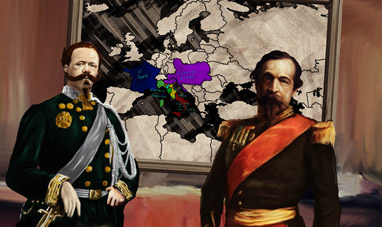

PLOMBIÈRES AGREEMENTS


THE PROTESTANT REFORMATION


THIRD ITALIAN WAR OF INDEPENDENCE


THE CONGRESS OF VIENNA


THE FIRST GULF WAR


THE EDICT OF MILAN


I MOTI DEL '48


THE ARGENTINE DICTATORSHIP, 1976-1983


THE 1973 CHILEAN COUP


APARTHEID


THE ABU GHRAIB SCANDAL


SECOND ITALIAN WAR OF INDEPENDENCE


ITALIAN IRREDENTISM
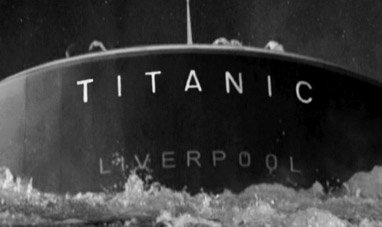

THE SINKING OF THE TITANIC


THE HUNGARIAN REVOLUTION OF 1956


THE RUSSIAN CAMPAIGN
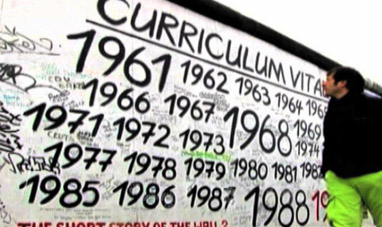

THE FALL OF THE BERLIN WALL


THE BALKAN WARS OF THE 1990S
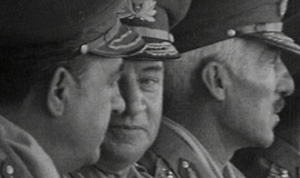

THE GREEK MILITARY COUP
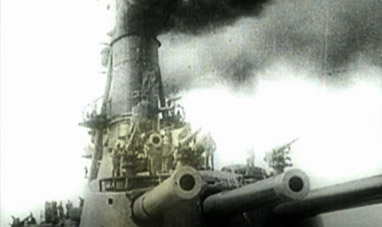

THE OUTBREAK OF WORLD WAR I


EARLY CHINESE DYNASTIES


THE FRENCH REVOLUTION


THE 2001 ARGENTINE ECONOMIC CRISIS


THE TAIWAN ISSUE


THE RAPE OF THE SABINE WOMEN


FOUNDING OF UNITED ARAB EMIRATES


THE SIX DAY WAR
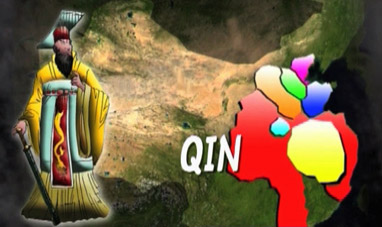

THE FIRST CHINESE EMPEROR AND THE QIN DYNASTY


THE FALKLANDS WAR


ASIAN TSUNAMI 2004


THE FIRST MOON LANDING


BUILDING THE SUEZ CANAL


THE OUTBREAK OF WORLD WAR II


THE MARCH ON TIANANMEN
